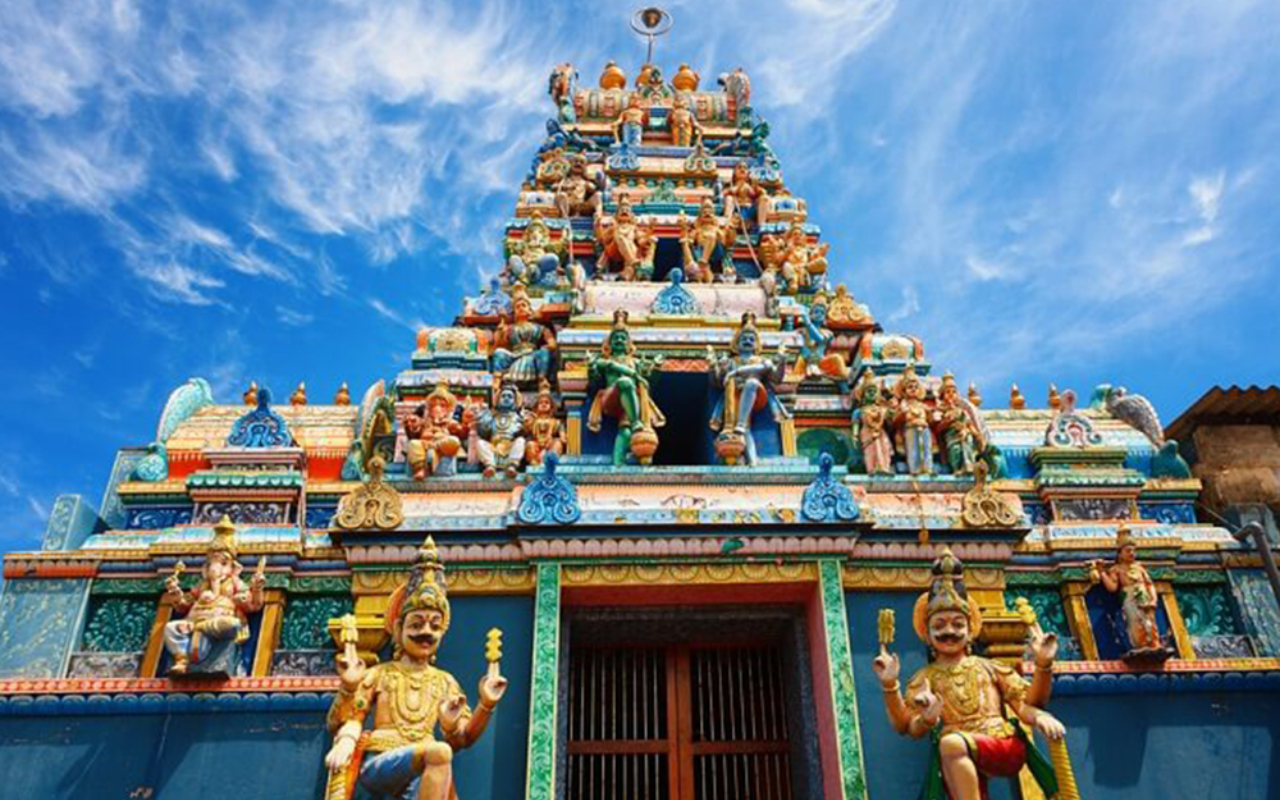The northwest coast of Sri Lanka is a less explored part of the island. Yet, it is rich in beautiful beaches, lagoons, mangrove forests, a diverse cultural heritage and vibrant fishing towns. Chilaw is one such destination. Mahatma Gandhi once visited it during the freedom struggle era of India and early Ceylon.
Famous for its coconut plantations and seafood, especially crab, the town’s appeal often gets eclipsed by more popular destinations like Negombo and Kalpitiya. Its lagoon, wetlands, sand spits and temples create a tapestry of natural and cultural beauty. It is the perfect stopover on your way to Kalpitiya or Wilpattu. Let’s discover Chilaw and its attractions.
Chilaw Lagoon
Flanked by a species-divergent mangrove system, Chilaw Lagoon is a picturesque setting and habitat for marine and aquatic life. It is rich in fish, prawn and crab species, making it economically viable. Fishing in the lagoon supports thousands of families living alongside it. It is a wonderful place to observe the intricacy of a unique ecosystem that supports numerous animal and plant species while protecting the coast from erosion and storm surges.
Munneswaram Temple
Known to have existed since 1000CE, Munneswaram is a Hindu temple complex and one of the Pancha Ishwarams dedicated to God Shiva. Pancha Ishwarams are temples from antiquity built for Shiva around the coast of Sri Lanka. The complex contains five temples, including one revered by Buddhists.
Munneswaram is associated with the epic of Ramayana, where Rama is said to have stopped on his return journey to India after the battle of Lanka. Rama felt uneasy after killing Ravana on his quest to rescue Sita. He prayed for a solution to his unease. Shiva reassured Rama of his integrity and instructed him to place four Shiva lingams in four locations. The first of the four locations is Manavari, a temple only 20min drive away from Munneswaram.
The temple hosts several significant festivals, including Sivarathri and Navarathri. Munneswaram festival is four weeks long and attended by Hindus and Buddhists. Local craftspeople sell hand-painted clay models of animals, money box tills and raban (a traditional drum) in the stalls near the temple.
Anawilundawa Bird Sanctuary
It is one of the six Ramsar Wetlands of Sri Lanka. Fringed by the coast, the lagoon and freshwater tanks, it features a unique ecosystem where more than 150 species of birds thrive. Herons, painted storks, purple herons, great cormorants, egrets, white ibises and back-headed ibises are commonly sighted.
Species of mammals (around 20) and butterflies (around 70) also inhabit the wetlands. These include the Fishing cat, the Indian otter, the Slender loris and the Toque Macaque.
The irrigation system dates back to the Anuradhapura era. It consists of six interconnected tanks, designed originally for agriculture but now serving as a crucial water source for the wildlife in the sanctuary.
Wilpattu National Park
1.5 hours away from Chilaw is Sri Lanka’s largest national park, Wilpattu. The park is known for its diverse wildlife, the elusive leopard, lush forests and unique landscape of natural lakes (villus). You can see all 3 of the land mammals on Sri Lanka’s Big Five – elephant, leopard and sloth bear. Alongside Yala on the east coast, Wilpattu has a large leopard population, making it a popular safari destination. However, it is less busy than Yala due to its massive size and remote location.
The park is famous for its natural sand-rimmed lakes, which exceed a hundred. These support numerous aquatic bird species among over 200 bird species, including eagles, painted storks, and peacocks. There are historic ruins within the park that point to the ancient civilizations of the island. It is also the landing site of Prince Vijaya, the legendary founder of Sri Lanka’s first kingdom. May to September offers the best animal sightings as animals are most active near water sources due to dry weather.
Kalpitiya
Kalpitiya peninsula is only an hour’s drive away from Chilaw. This exceptional coastal destination on the northwest coast features pristine beaches, whale and dolphin sightings, kite surfing opportunities, and snorkelling and scuba diving spots. Known as the kite surfing capital, you get two kite seasons here – May-October and December-March.
Kalpitiya’s secluded beaches offer a peaceful escape from the crowds of the south coast. It is also home to Sri Lanka’s largest coral reef, Bar Reef, a top snorkelling and diving spot on the island. Colourful corals, tropical fish, sea turtles and reef sharks make it biodiversity-rich. Kalpitiya is the best whale-watching site on the northwest coast.
Catch Blue and Sperm whales breaching and swimming off the coast between November and April. Large pods of dolphins also come to play, bowriding and acrobatting gleefully. Kalpitiya also has a colonial past, which you can see from its 17th-century Dutch fort and old churches.
Knowing the Lesser-known with Blue Lanka Tours
Chilaw is a hidden gem on Sri Lanka’s west coast, offering a perfect mix of culture, nature and coastal beauty. From the sacred Munneswaram Temple and the tranquil Chilaw Lagoon to the biodiversity of Anawilundawa Bird Sanctuary and the picturesque beaches, this charming town is a worthy spot to explore, unwind and relax.
Blue Lanka Tours makes it a point to shine the spotlight on lesser-known Sri Lankan destinations that offer authentic, sustainable and unique travel experiences. Whether it is off-the-beaten-track adventures or bucket-list attractions you want to experience, we curate our travel responsibly. Choose Blue Lanka Tours for meaningful, enriching and wholesome Sri Lankan holidays.

